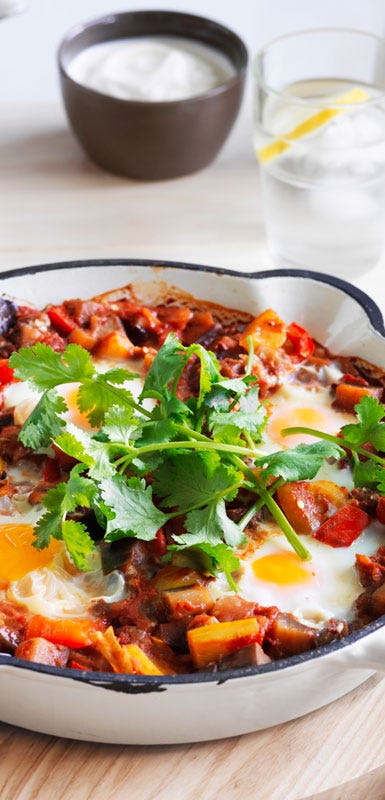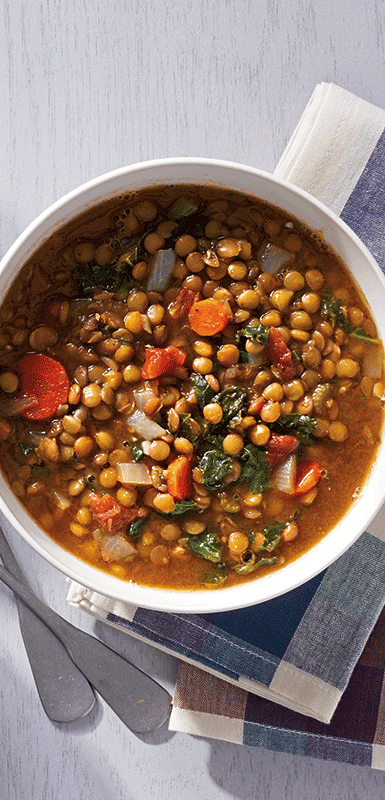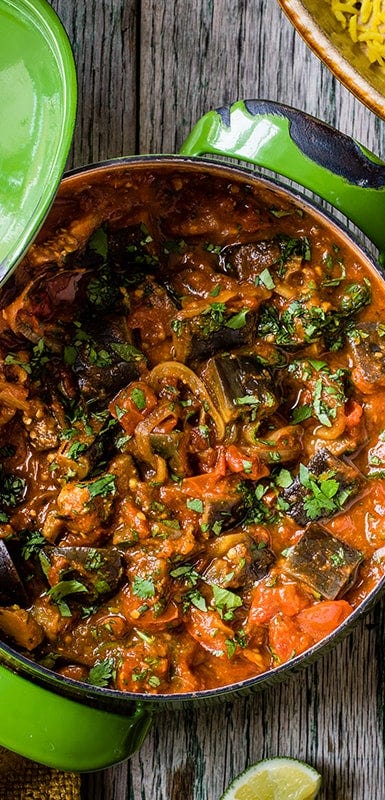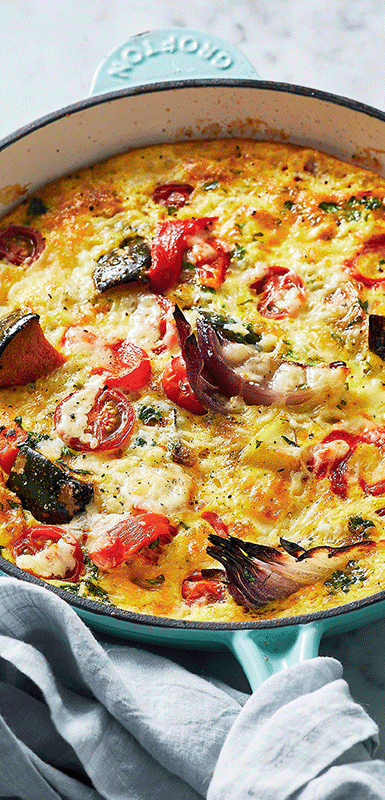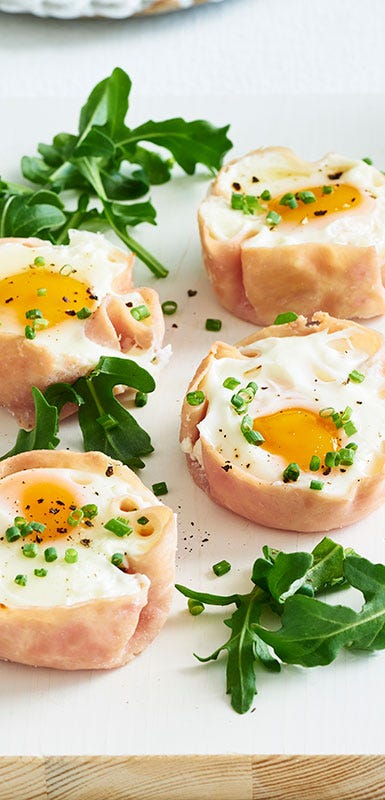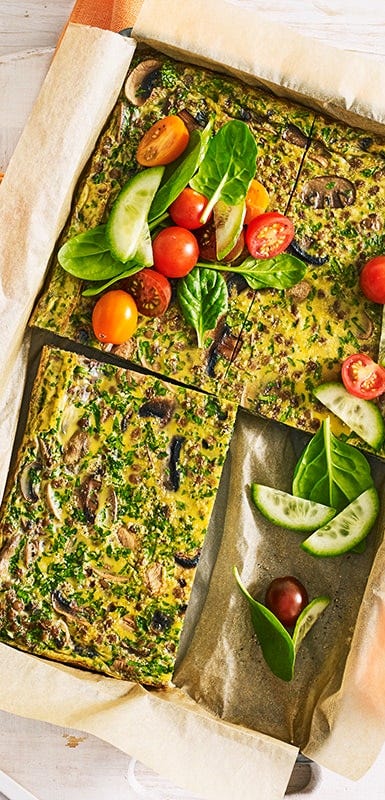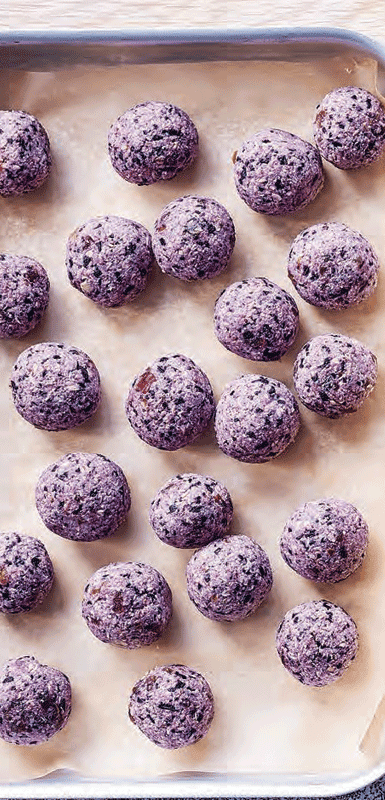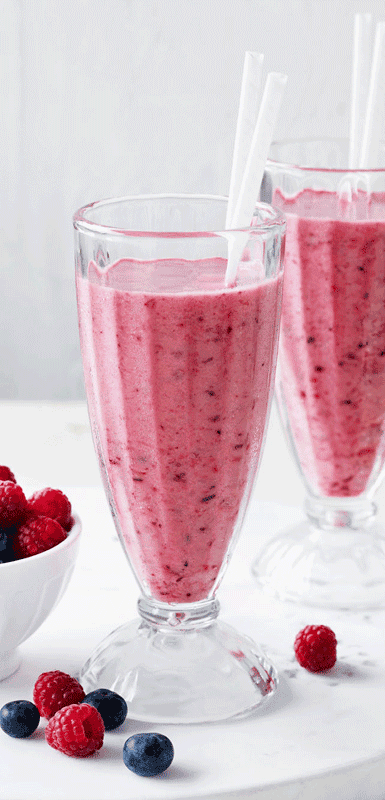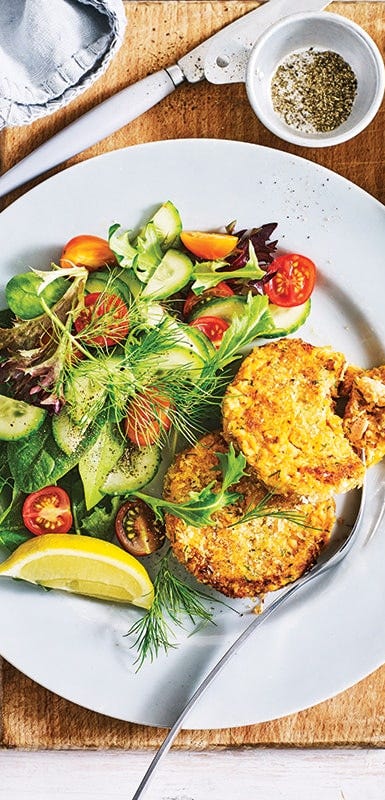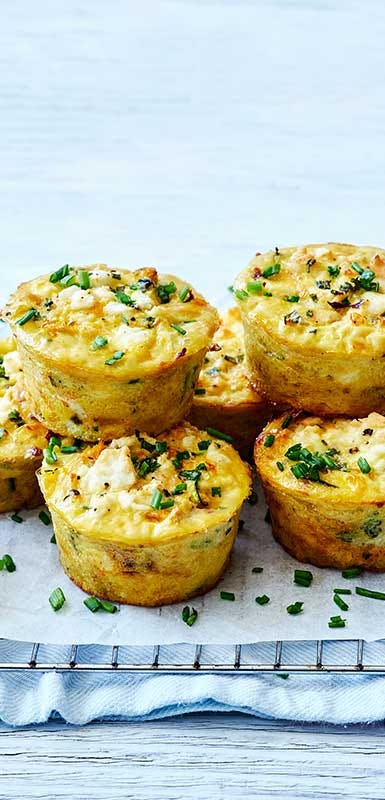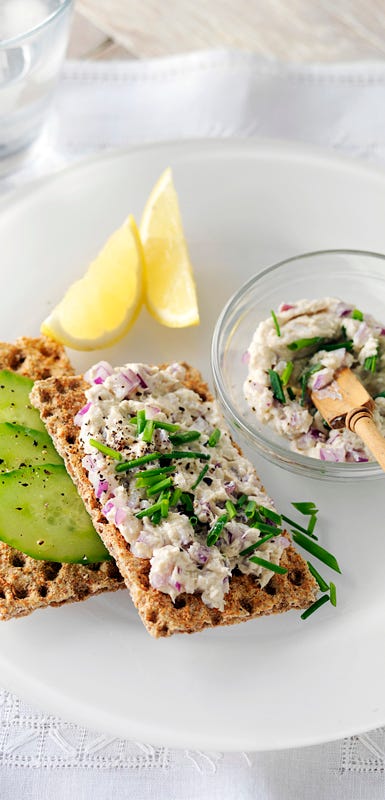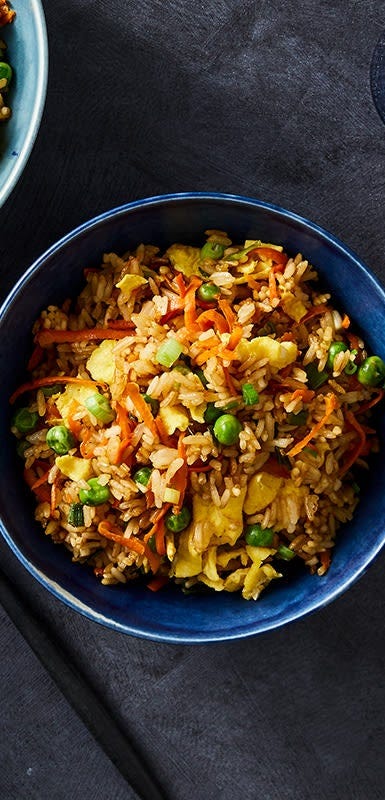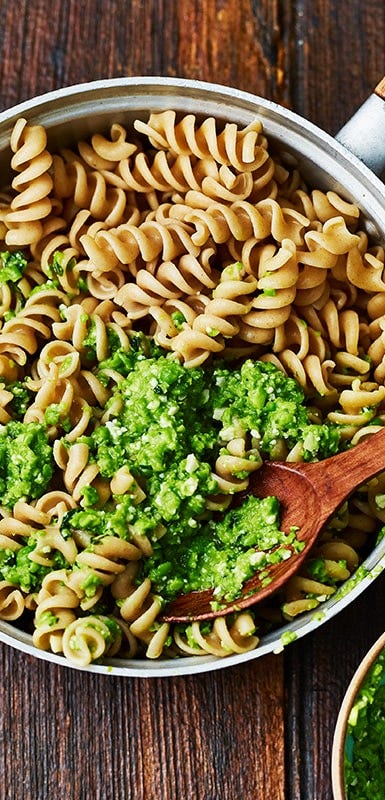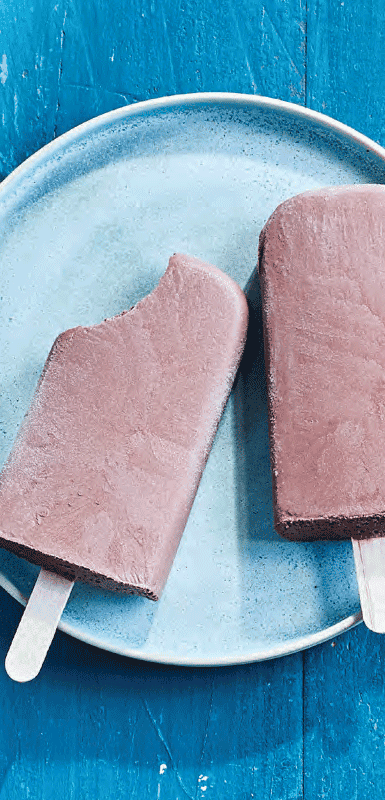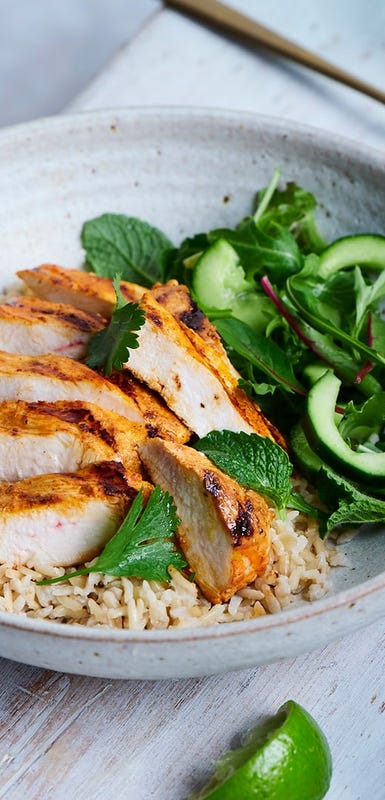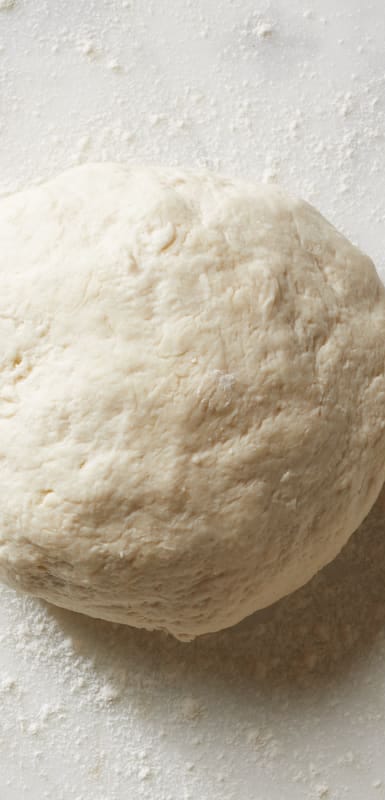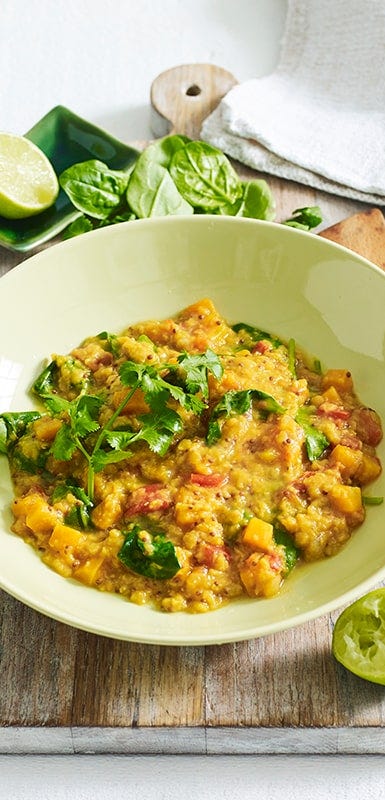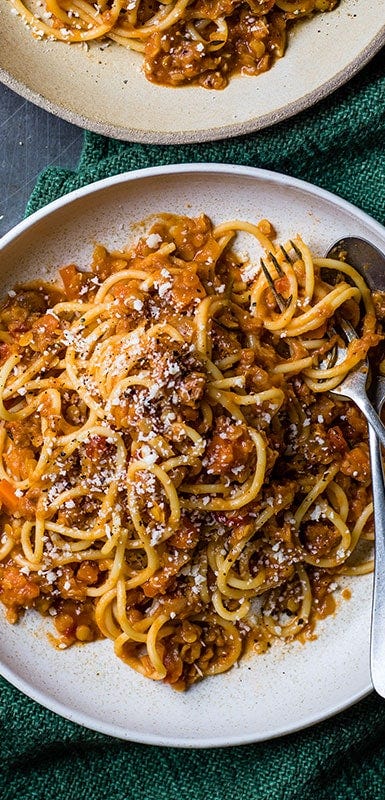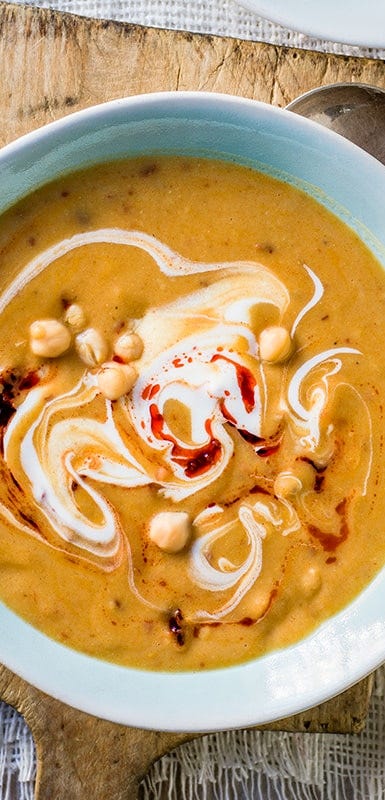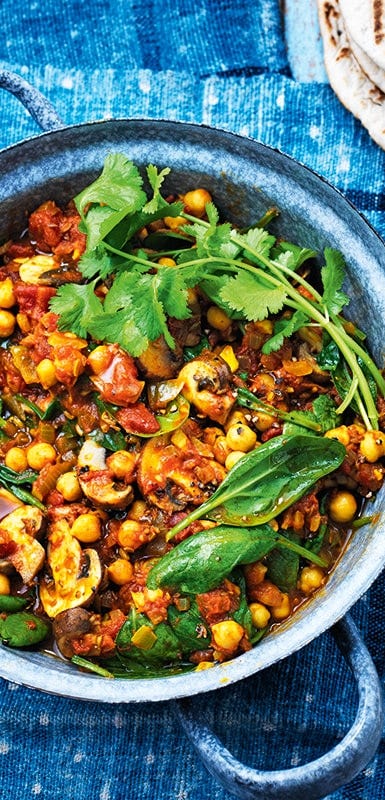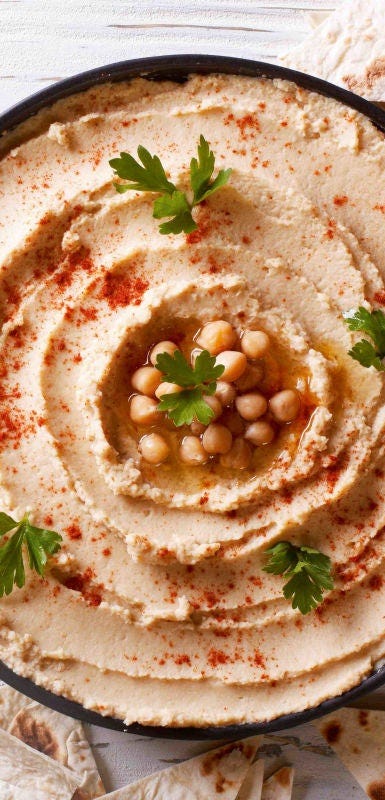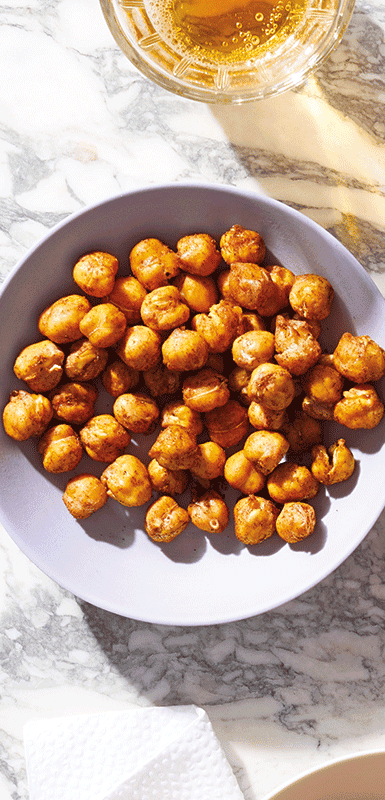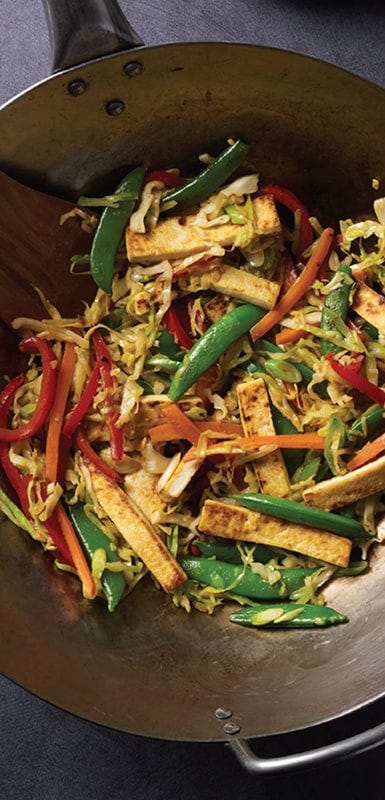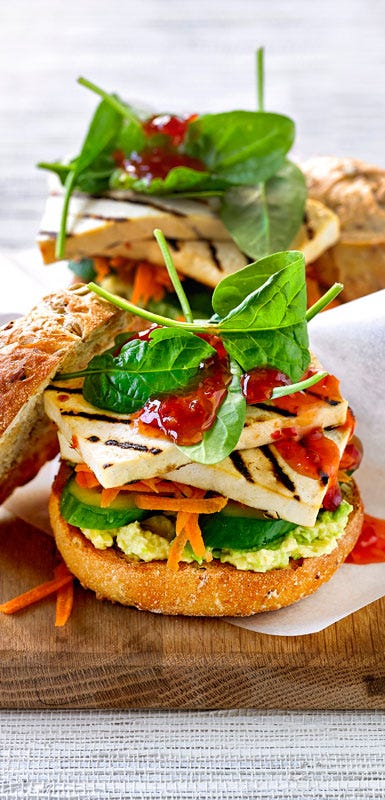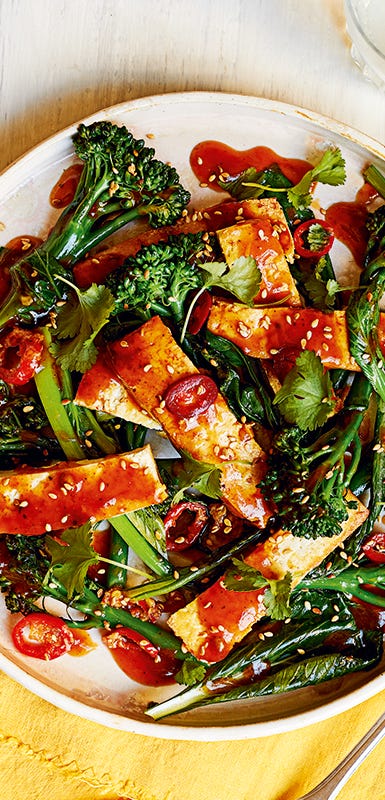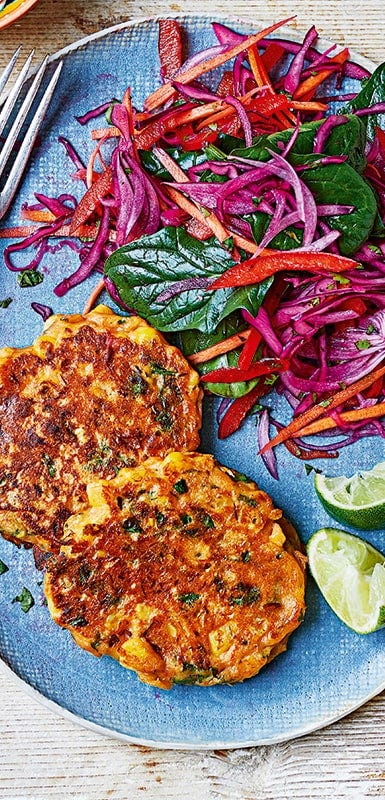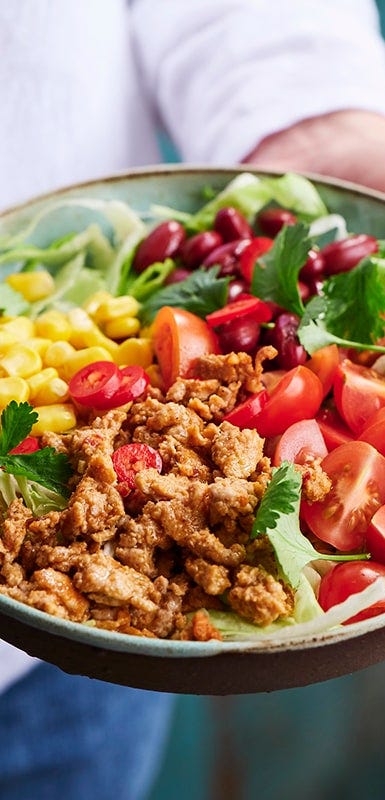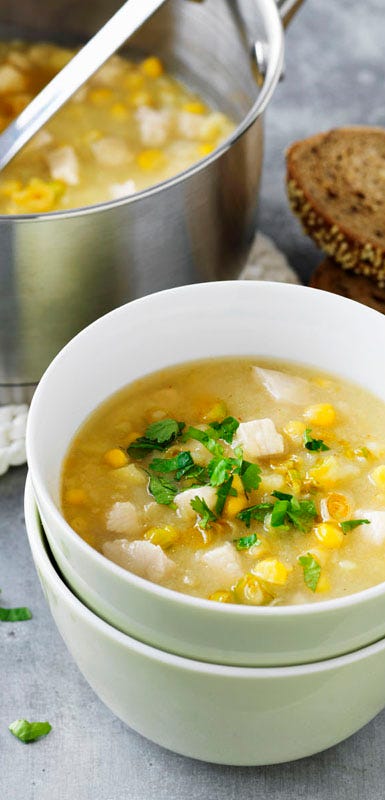How can I spend less and still eat healthy?
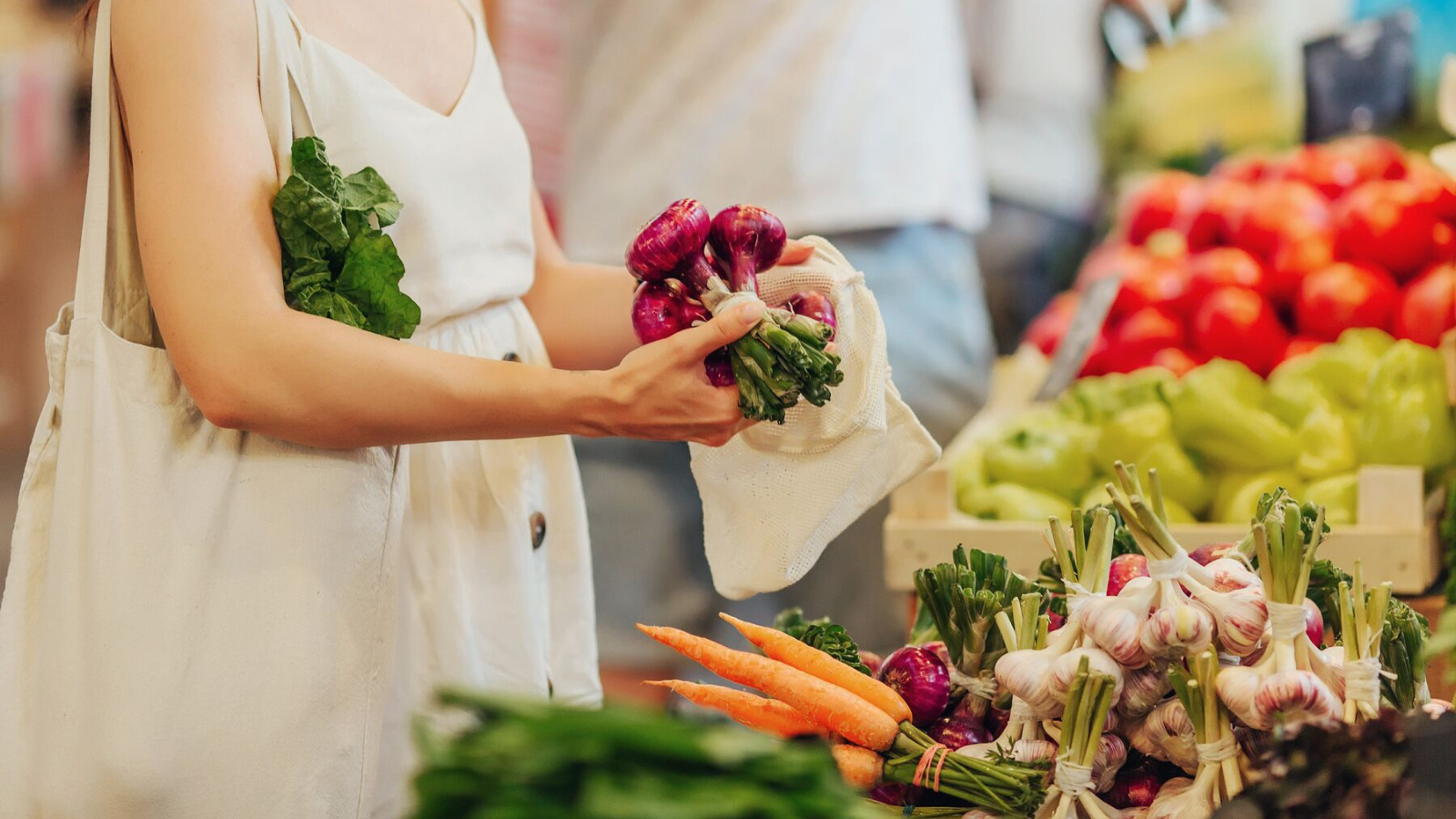

Everyone remembers the iceberg lettuce ‘situation’ when the humble salad staple suddenly became an expensive luxury. While that event may be a distant memory, what’s much more real is the fact that food costs more across the board these days.
The reason why is down to a number of factors, but what’s far less complicated is just how much ‘food inflation’ is hurting at the checkout, with 85% of Australian households telling consumer advocacy group CHOICE that they’re concerned about how much they’re paying for groceries, in a recent consumer survey.
If you’re one of them, we’ve got good news. Despite what’s happening with food prices, it’s still possible to eat healthy, nutritious food without busting your budget. Here are 10 foods to stock up on, how to use them when you do and why your health will thank you for putting them on high rotation.
1. Tinned tomatoes
These contain the same nutrients as the fresh variety, but can cost up to six or seven times less, per kilogram. Plus, because they’re shelf stable, unlike fresh tomatoes, they’ll last until you’re ready to use them – so no risk of wasting money on spoiled produce.
It’s also worth noting that while fresh and tinned tomatoes both contain a powerful antioxidant called lycopene, the tinned variety deliver a much bigger hit of it, thanks to the way the cooking and canning process changes lycopene’s bioavailability.
Use tinned tomatoes in pasta sauces, soups, stews, curries and shakshuka.
2. Eggs
There’s more than one good reason why eggs are another ZeroPoint food at WeightWatchers®. Loaded with 13 essential vitamins and minerals – including vitamin D – eggs are also a valuable source of quality protein alongside omega-3 fatty acids and antioxidants.
When it comes to cooking with them, the options are endless from a simple dish of boiled, poached or scrambled eggs, to making them go further by using them in frittatas and quiches, baked egg and rice dishes, salads and souffles.
3. Frozen berries
Packed full of antioxidants, berries like blueberries, raspberries and strawberries are ZeroPoint foods – but there’s no question buying them fresh can be expensive. On the other hand, frozen varieties typically cost at least four times less, last for a whole lot longer and can even be better for you, with some research showing freezing blueberries improves the availability of their antioxidants.
Use them to make smoothies, puddings, muffins and berry compotes.
4. Canned fish
Canned salmon, tuna and sardines, as well as things like mackerel and herring, are pretty much on par, nutritionally wise, with their fresh-fish equivalents – particularly when it comes to protein content. Importantly, they also deliver the same amount of the healthy omega-3 fatty acids, and sometimes even more.
But where they do differ significantly is on price, with canned salmon for example, costing three or four times less than fresh fillets, per kilogram.
When you’re shopping, as well as being mindful of the sodium content of canned fish, choose those in springwater or brine – that way, like fresh fish, canned fish is also a ZeroPoint food, too.
You can use canned fish in salads, fish cakes, pasta dishes or made into a paste to spread on rye crispbreads.
5. Frozen peas
These are another ZeroPoint food that also contains prebiotic fibre, making frozen peas a must-have budget friendly staple to keep in the freezer. Containing vitamin C, folate and vitamin B1, you can eat them on their own or made into anything from soup and pesto to frittata and samosas.
6. Greek yoghurt
As a dairy food, Greek yoghurt is a valuable source of calcium but it’s also a good source of protein and can be used in so many different ways. From adding to smoothies and making dips, Greek yoghurt also makes a healthier alternative to sour cream, mayonnaise or cream in things like sauces, curries and salad dressings.
And, if you choose a supermarket homebrand, Greek yoghurt can come in under 50c per 100g serve.
To turn Greek yoghurt into a ZeroPoint food, all you need to do is choose 99% fat-free, plain varieties.
7. Lentils
You can buy lentils cooked and ready-to-use in tins or dry and yet-to-be-cooked in packets, but either way, they’re a low-cost, budget-friendly ingredient. A valuable source of protein, lentils also contain prebiotic fibre. That’s the type that makes it through to the large intestine undigested, where it can stimulate the growth and activity of good gut bacteria.
Like tomatoes, lentils are a ZeroPoint food, which means you don’t have to weigh, measure or track them, no matter how often you reach for them. Use lentils to beef up a bolognese, stew or curry; to make a soup or a dahl; or use them cold in a salad.
8. Canned chickpeas
Another source of prebiotic fibre, canned chickpeas are not only an inexpensive source of protein, they’re also super convenient to use. While dried chickpeas require a fair bit of soaking before they’re ready to cook, the canned variety can be eaten straight from the tin.
Another ZeroPoint food, try to choose a tin of canned chickpeas that doesn’t contain any added salt – which is good advice whenever you’re shopping for canned vegetables.
Use chickpeas in salads, curries or soups; whip them up into a homemade hummus; or roast them in the oven for a tasty snack or meal topper.
9. Tofu
A nutritious source of plant-based protein, tofu isn’t just for vegetarians and vegans. Using it in place of the cheaper cuts of meat, like mince, can cost less than half the price, per kilogram.
Another ZeroPoint food at WW, tofu is also incredibly versatile. You can use it to make savoury dishes like stir-fries, burgers and salads or tasty desserts like chocolate tofu pots.
10. Canned corn
Like green peas, corn is both a ZeroPoint food and a source of prebiotic fibre regardless of whether you eat it canned or fresh. While both are often roughly the same price per kilogram – depending on the season – the advantage of canned corn is that you can eat all of the weight you buy because the ‘cob’ has already been removed, and it lasts a lot longer than the fresh variety, too.
You can use corn as a simple side dish or to make a wide range of delicious dishes, including fritters, soups, muffins and quiche.

